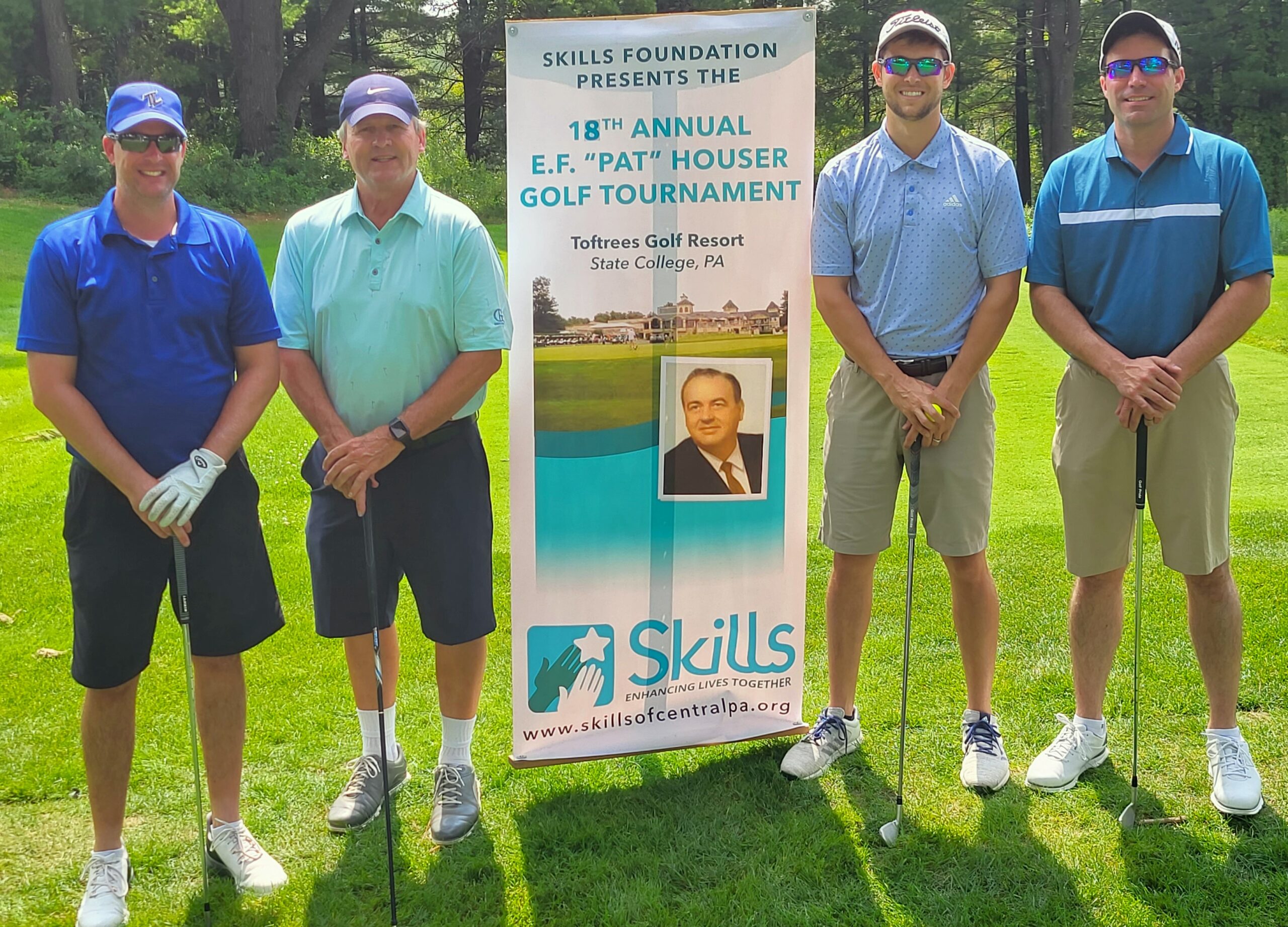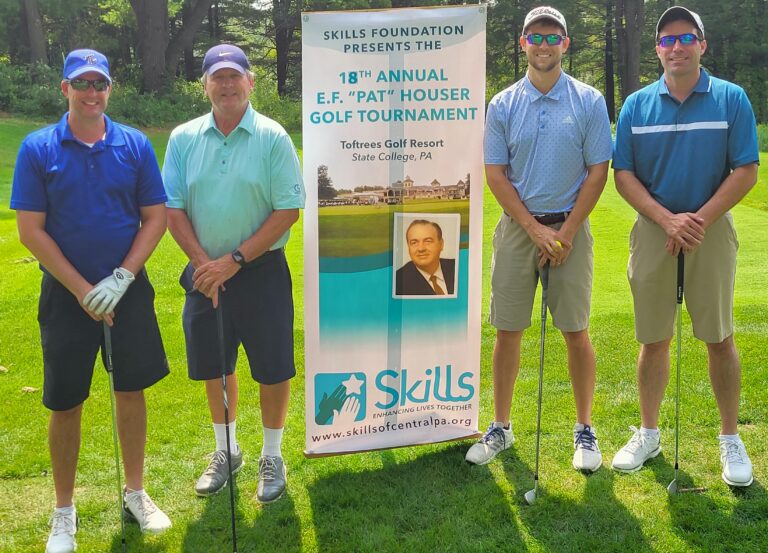SUMMARY
- CEOs agree that workplace culture is their most powerful asset, yet it ranks low on their list of priorities.
- According to research, a great culture affects reputation, hiring and employee retention.
- Mark Miller suggests leaders start by making space for hopes and dreams, amplifying vision and values often, and adapting the aspiration as needed.
- Systems like polls and surveys can help monitor the health of an organization’s culture.
586 words ~ 3 Minute Read
Leaders know that culture matters. But with so many problems to solve and goals to reach, it’s hard to make workplace culture a priority. In bestselling author Mark Miller’s recent book Culture Rules: The Leader’s Guide to Creating the Ultimate Competitive Advantage, he surveyed more than 6000 individuals from 10 countries. Although 67% of global leaders agreed that culture is their most powerful tool, workplace culture failed to show up in a top 10 list of priorities.
Unfortunately, this disconnect has far reaching consequences. Culture affects everything from reputation to hiring to employee retention. In a Glassdoor survey, 56% of employees said workplace culture was even more important than salary. Elevating your company culture doesn’t have to be daunting, according to Miller. His book outlines a simple strategic framework to create a thriving high-performance culture. Below are three rules to help you define the culture you want, integrate your message into the workplace, and find success by listening, learning, and adjusting.
Get Clear
Humans want to feel connected to something bigger than themselves. That’s why Miller’s first rule is called Aspire. Most leaders have already identified their organization’s aspirations—the difference here is communication. Miller advises leaders to translate their vision, mission, purpose, and core beliefs for employees. When aspirations remain unsaid, confusion reigns instead of culture. Maintaining values and articulating your vision not only outlines boundaries and expectations, it also creates a sense of shared purpose.
Repeat Often
It’s not enough to announce your organization’s expectations. Instead, Miller says you have to Amplify them, which is the second rule in his strategic framework. Leaders can amplify their vision, mission, and core values in many ways, and Miller suggests using a variety of methods. The world is loud and distracting, and to build a better culture, employees need reminders.
One technique Miller recommends involves looking at the last 30 days of your calendar and finding activities you personally engaged in that match your aspiration. Then, the goal is to strategize how you can use these same activities in the future to amplify your aspiration. This process can be far reaching, affecting everything from hiring descriptions to onboarding of new employees to recognizing team members who embody the mission and core values of your organization.
Listen & Learn
Enhancing workplace culture is not a one and done proposition. The last rule Miller wants leaders to understand is Adapt. In other words, clarifying your vision and values is important, but how do they actually land with the people that work for you? Miller advises leaders to prioritize listening so that you understand if your aspiration is on target or if it needs an adjustment. Systems that help identify problems that affect workplace satisfaction are important ways leaders can monitor the health of the culture they’ve worked so hard to build. Listening sessions and surveys are great ways to take the pulse of your organization. HR morning has cataloged 45 sample questions to help employers build their own customized survey to measure workplace engagement and satisfaction.
The Bottom Line
Taking the time to reflect on the three rules of Miller’s framework—Aspire, Amplify, and Adapt—will help you develop and maintain a healthy workplace culture. The long-term benefits for organizations are huge when people are more connected to their idea or mission because that will make them more invested in it. It’s up to leaders to carve out space for the hopes and dreams of their team members, so they can create a culture that allows all members of their organization to thrive.


